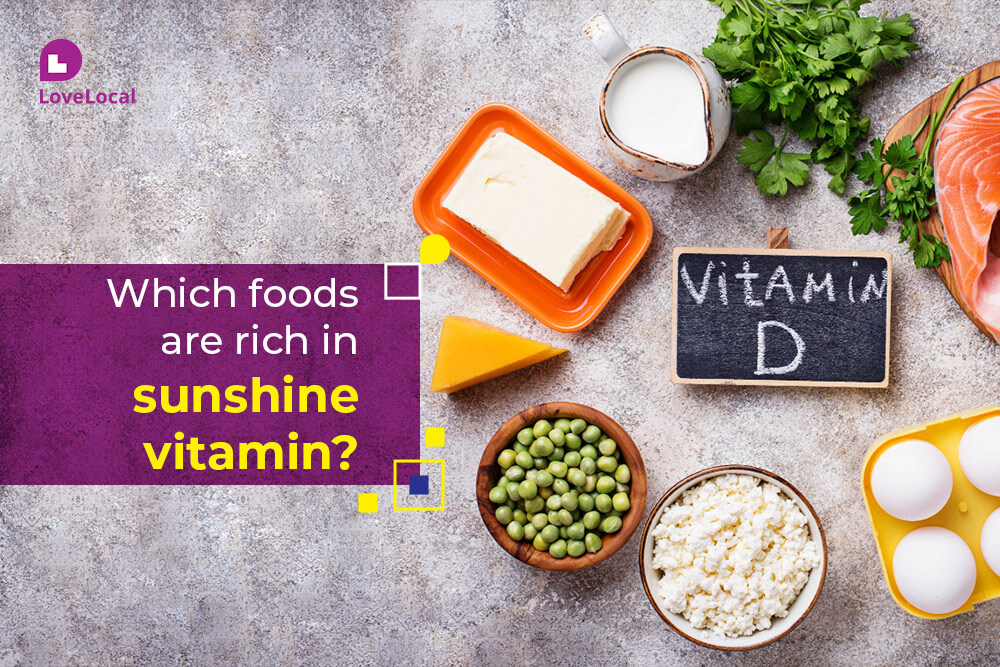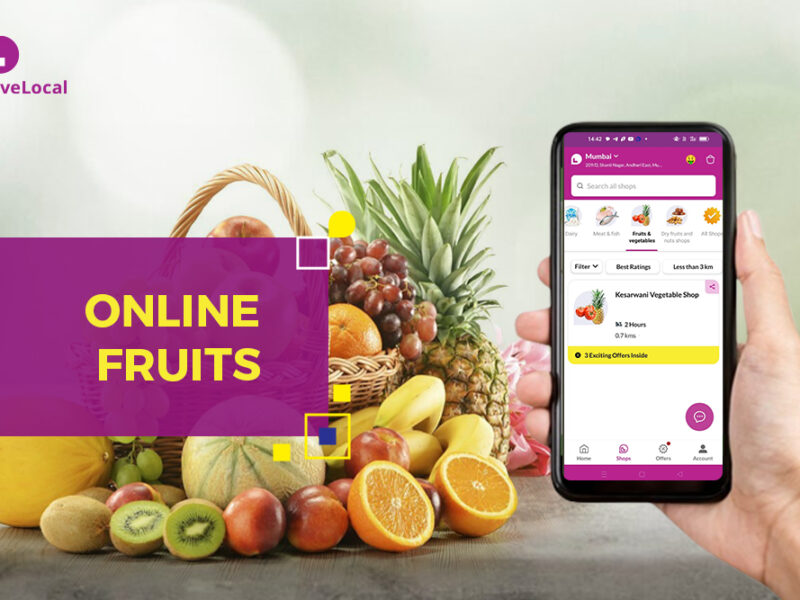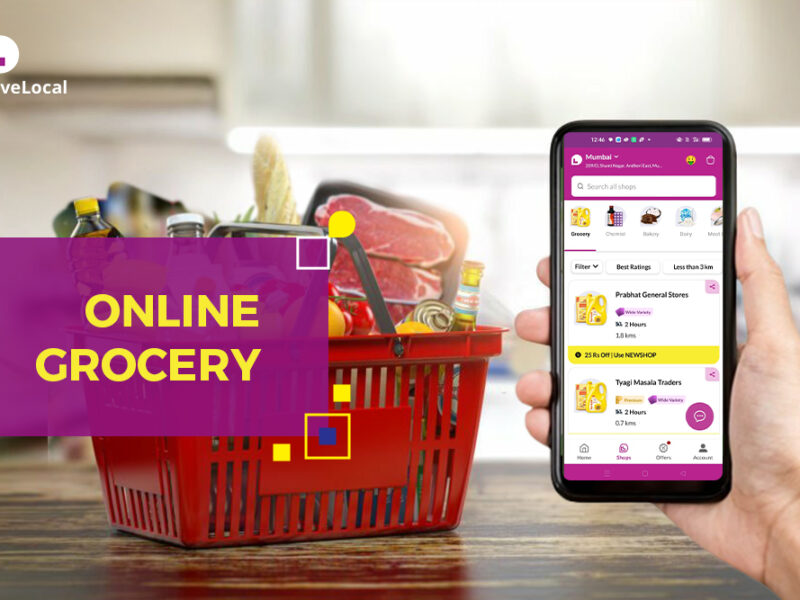Vitamin D is essential for maintaining healthy bones, supporting the immune system, and regulating mood. While the best source of vitamin D is sunlight, certain foods can help you meet your daily requirements, especially if you follow a vegetarian diet. Although vegetables aren’t the richest sources of vitamin D, some do contain it, and they also help enhance vitamin D absorption.
Here, we explore the role of vitamin D, how to incorporate vitamin D vegetables into your diet, and tips for boosting your vitamin D levels naturally.
Understanding Vitamin D
Vitamin D, also known as the “sunshine vitamin,” is crucial for:
- Bone Health: It helps the body absorb calcium, which is necessary for strong bones and teeth.
- Immune Function: It plays a vital role in immune system regulation, helping to ward off infections.
- Mood Regulation: Adequate levels of vitamin D can help prevent mood disorders such as depression.
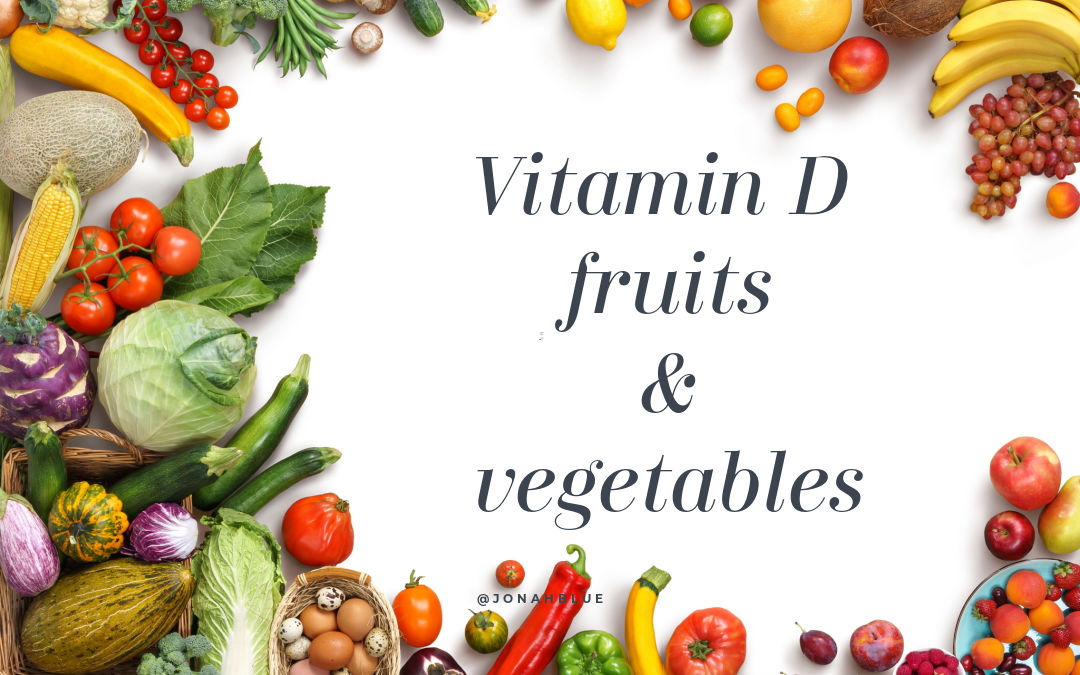
Vitamin D Vegetables
While vegetables aren’t typically high in vitamin D, they play a supportive role in overall vitamin D metabolism and absorption.
Here are some vitamin D vegetables/ vitamin d fruits and vegetables list:
1. Mushrooms
Mushrooms are one of the few plant sources that naturally contain vitamin D vegetables. When exposed to sunlight or UV light, the best source of vitamin d is mushrooms that can synthesize vitamin D2 (ergocalciferol). Varieties such as maitake, shiitake, and white button mushrooms can be included in your diet to boost vitamin D intake.
How to Include Mushrooms in Your Diet:
- Sauté mushrooms with garlic and herbs as a side dish.
- Add sliced mushrooms to salads, soups, and stews.
- Grill or roast mushrooms as a delicious and nutritious addition to your meals.
2. Leafy Greens
While leafy greens like spinach, kale, and collard greens do not contain vitamin D3 vegetables, they are rich in calcium, which works synergistically with vitamin D to strengthen bones and improve overall health.
How to Contain Leafy Greens in Your Diet:
- Blend spinach or kale into smoothies.
- Use collard greens as a wrap instead of tortillas.
- Add leafy greens to soups, stews, and stir-fries.
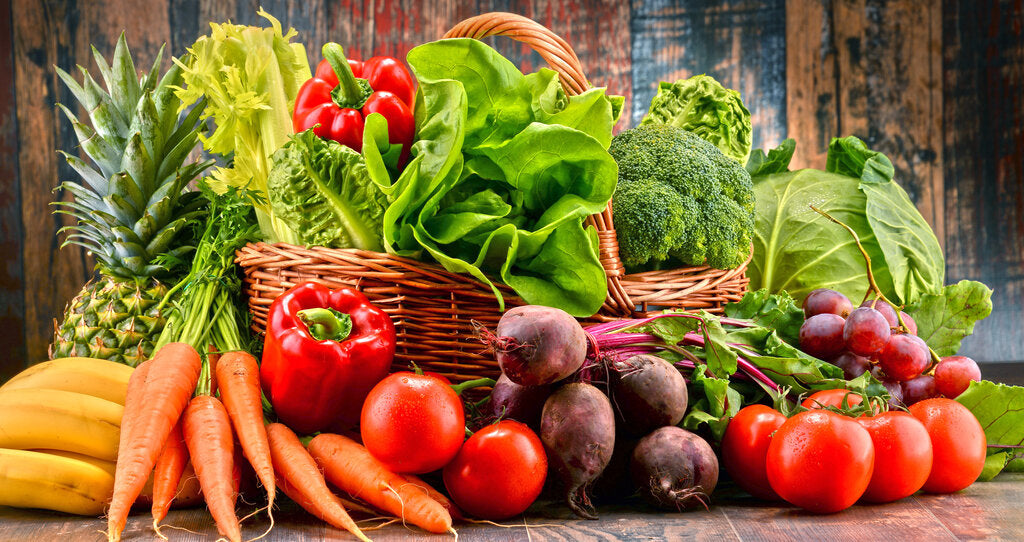
Vitamin d foods
While fruits do not contain vitamin D, they can support overall health and vitamin D absorption. Here are some fruits that are beneficial:
1. Fortified Orange Juice
- Benefits: Some orange juices are fortified with vitamin D and calcium, providing a convenient way to boost vitamin D intake.
How to Use Fortified Orange Juice:
- Drink as a refreshing beverage.
- Use as a base for smoothies.
- Incorporate into marinades and salad dressings.
Tips for Boosting Vitamin D Levels
In addition to consuming vitamin D-rich vegetables, consider these tips to ensure adequate vitamin D levels:
1. Sun Exposure
Spend time outdoors in the sunlight. Aim for about 10-30 minutes of sun exposure several times a week, depending on your skin type and location. Remember to protect your skin after getting your vitamin d rich foods to prevent damage.
2. Fortified Foods
Incorporate foods fortified with vitamin D into your diet, such as fortified plant-based milks, orange juice, and cereals.
3. Supplements
If you have difficulty meeting your vitamin D needs through diet and sun exposure, consider taking a vitamin D supplement.
Benefits of Shopping with LoveLocal
Freshness Guaranteed
LoveLocal partners with local farmers and vendors to ensure you receive the freshest produce. Their commitment to quality means you get Vitamin D Vegetables at their peak of freshness, retaining maximum nutritional value.
Convenience
LoveLocal offers the convenience of online shopping with home delivery. You can browse their selection of vitamin d vegetables, place your order, and have it delivered to your doorstep, saving you time and effort.
Supporting Local Retailers
By choosing LoveLocal, you support local shops and small businesses, contributing to the local economy and promoting sustainable practices. Download the App Now.
Vitamin D3 Rich Foods
Vitamin D3 (cholecalciferol) is a crucial nutrient for maintaining bone health, supporting the immune system, and regulating mood. It is primarily obtained from animal-based sources and sunlight. Here’s a list of foods rich in vitamin D3 to help you meet your daily requirements:
1. Fatty Fish
Fatty fish are among the best natural sources of vitamin D3.
- Salmon: One of the richest sources of vitamin D3, whether wild-caught or farmed.
- Mackerel: Contains high levels of vitamin D3 and omega-3 fatty acids.
- Sardines: Small but packed with vitamin D3.
- Tuna: Another excellent source, available fresh or canned.
How to Use Fatty Fish:
- Grill or bake salmon fillets.
- Add mackerel or sardines to salads.
- Prepare tuna sandwiches or salads.
2. Cod Liver Oil
Cod liver oil is exceptionally rich in vitamin D3 and also provides omega-3 fatty acids.
- Benefits: Just one tablespoon of cod liver oil can provide more than the daily recommended intake of vitamin D3.
How to Use Cod Liver Oil:
- Take as a supplement (available in liquid or capsule form).
- Mix into smoothies or salad dressings (if using liquid form).
3. Egg Yolks
Egg yolks contain a moderate amount of vitamin D3.
- Source: Vitamin D3 content can vary based on the chicken’s diet and exposure to sunlight.
How to Use Egg Yolks:
- Incorporate into omelets and scrambled eggs.
- Use in baking and cooking.
- Add to salads as hard-boiled eggs.
4. Fortified Foods
Many foods are fortified with vitamin D3 to help people meet their daily requirements.
- Fortified Milk: Both dairy and plant-based milks (such as almond, soy, and oat milk) are often fortified with vitamin D3.
- Fortified Orange Juice: Some brands offer vitamin D3-fortified options.
- Fortified Cereals: Breakfast cereals can be fortified with vitamin D3.
How to Use Fortified Foods:
- Drink fortified milk or use it in smoothies and cereals.
- Relish a glass of fortified orange juice with breakfast.
- Choose fortified cereals for a nutrient-rich breakfast.
5. Cheese
Certain types of cheese contain small amounts of vitamin D3.
- Varieties: Ricotta cheese is known to have higher levels compared to other cheeses.
How to Use Cheese:
- Add to sandwiches and salads.
- Use in cooking and baking.
- Enjoy as a snack with fruits and nuts.
Additional Tips for Boosting Vitamin D3 Levels
Spend Time in the Sun: Exposure to sun
Conclusion
While vegetables may not be the primary source of vitamin D, incorporating vitamin D-rich mushrooms and leafy greens into your diet can contribute to overall health and well-being. Combining a balanced diet with adequate sun exposure and fortified foods can help ensure you meet your vitamin D Vegetables requirements. By making mindful dietary choices, you can support your body’s vitamin D levels and enjoy the numerous health benefits it offers.
Maintaining adequate vitamin D levels is crucial for your overall health, and LoveLocal makes it easy to incorporate vitamin D-supportive vegetables into your diet. With their selection of fresh mushrooms and leafy greens, along with the convenience of home delivery, you can enjoy nutritious meals that support your health and well-being. Shop with LoveLocal and boost your vitamin D levels naturally and deliciously. Shop at Lovelocal for the vitamin d vegetables. Explore the LoveLocal App on IOS to.
Frequently Asked Questions (FAQs)
The only vegetable basis of vitamin D is mushrooms. Certain types of mushrooms, such as maitake, shiitake, and white button mushrooms, can synthesize vitamin D2 (ergocalciferol) when exposed to sunlight or UV light.
While mushrooms are the primary vegetable source of vitamin D, other vegetables like leafy greens (spinach, kale, collard greens) are beneficial in supporting overall health and aiding calcium absorption, which works in tandem with vitamin D to improve bone health.
The best foods to absorb vitamin D include fatty fish (such as salmon, mackerel, and sardines), fortified foods (such as plant-based milks, orange juice, and cereals), and mushrooms exposed to sunlight. Combining these with healthy fats can improve vitamin D absorption.
The biggest source of vitamin D is sunlight. When your skin is exposed to UVB rays from the sun, it produces vitamin D3 (cholecalciferol). Additionally, fatty fish, fortified foods, and vitamin D supplements are significant dietary sources.
To reduce high levels of vitamin D naturally, avoid excessive sun exposure, limit intake of high vitamin D foods and supplements, and maintain a balanced diet. Always consult with a healthcare professional before making significant changes to your diet or supplement regimen.
